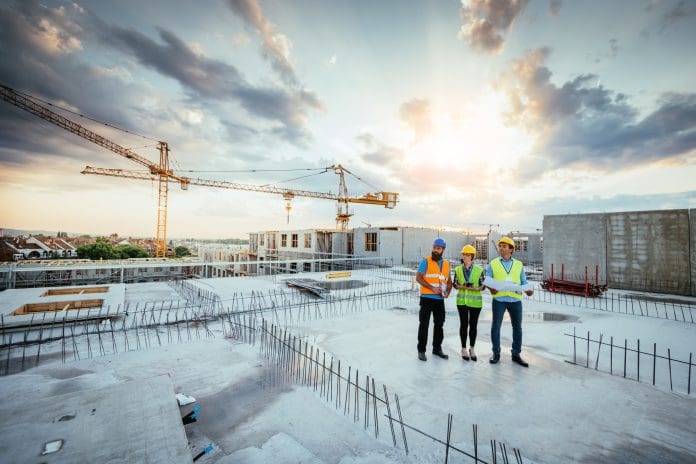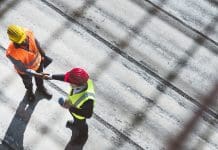As construction insurance premiums rise across the sector amid a surge in historical claims and uncertainty over future liabilities, the Get It Right Initiative calls on construction firms and insurers to reduce risk across the project lifecycle. Paul Lowe, partner at law firm and GIRI member Kennedys, takes a look
The relationship between contractors and owners of built assets and their insurers can often be challenging. Typically, insurance companies are mostly called on when things go wrong. This has sometimes led to an erosion of trust between the sectors – when insurance teams should be seen as a positive presence in the industry.
The last few years have seen construction insurance premiums rise due to a resurgence in historical claims and uncertainty over liabilities linked to building safety following Grenfell. Climate risk and other factors around asset resilience are impacting the industry.
The RAAC scandal around concrete in public buildings is just one example of how things can go wrong. Insurers are now being brought into discussions about remediating and fixing buildings – and as part of tricky conversations about who needs to pay for these changes.
This is driving up costs across the sector as a whole, with UK insurance prices doubling since 2018 and up by as much as four times for classes such as professional indemnity insurance – the type of insurance at the heart of building safety and remediation, according to MacTavish. So, what can be done?
Industry must look to address error
As with anything, there is no quick fix to some of the things needed to address this, but one risk that is in our control is around error. There is an opportunity to build a more productive working relationship between the parties involved in insurance conversations.
For its part, the construction sector needs to talk honestly about the types of errors that occur on-site and what it’s doing to prevent them. Mistakes shouldn’t be viewed as just the “cost of doing business” – the industry loses as much as £10bn-25bn annually due to avoidable errors.
In turn, construction insurance needs to show that it is open to rewarding this diligence, with the potential of lower premiums for businesses that have been open and honest throughout a project’s lifecycle.
There are tools to help with construction insurance
The Get It Right Initiative (GIRI) has been working with insurers and the construction industry to develop its Insurance Guide for construction projects. There are steps that can be taken by everyone working across a project’s lifecycle to address risk management in the sector. This is not just a topic that should be left to the risk teams and lawyers – everyone can play a role in attempting to drive premiums down.
The guide talks about every stage of a project, from design to end of life and measures that can be taken to support this step change.
Take the start of a project, for instance. Design teams and contractors should have conversations and clearly set out which parties are responsible for different aspects of a project from the outset.
Not all stakeholders understand the difference between specifications, designs and strategies, which can result in important roles being left unassigned in the hope that they have already been allocated to someone in the design team.
We must move on from instances such as “design and dump” is a commonly recognised term and foster a greater sense of ownership in the transition from detailed design to construction.
Early engagement with insurance teams is key when projects move into the construction phase. Establishing an open and collaborative relationship will reduce errors and resultant claims. Project teams must be proactive and honest with insurance teams and inform them of the control systems in place to manage tasks and actions. Keeping records of this control will make conversations easier with insurance teams if things go wrong.
The key takeaways are clear. It comes down to greater collaboration, knowledge, and information sharing. Accurate and accessible recordkeeping are actionable ways that every single person can have a positive impact throughout a project’s lifecycle.
While new risks and challenges are emerging in the industry, we also have new opportunities. There is so much innovation and new technology in the construction industry that this can be done easier than before – we all need to harness this and reset the relationship so that all sides can benefit.

Paul Lowe
Partner, Kennedys
Get It Right Initiative

















